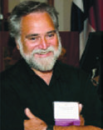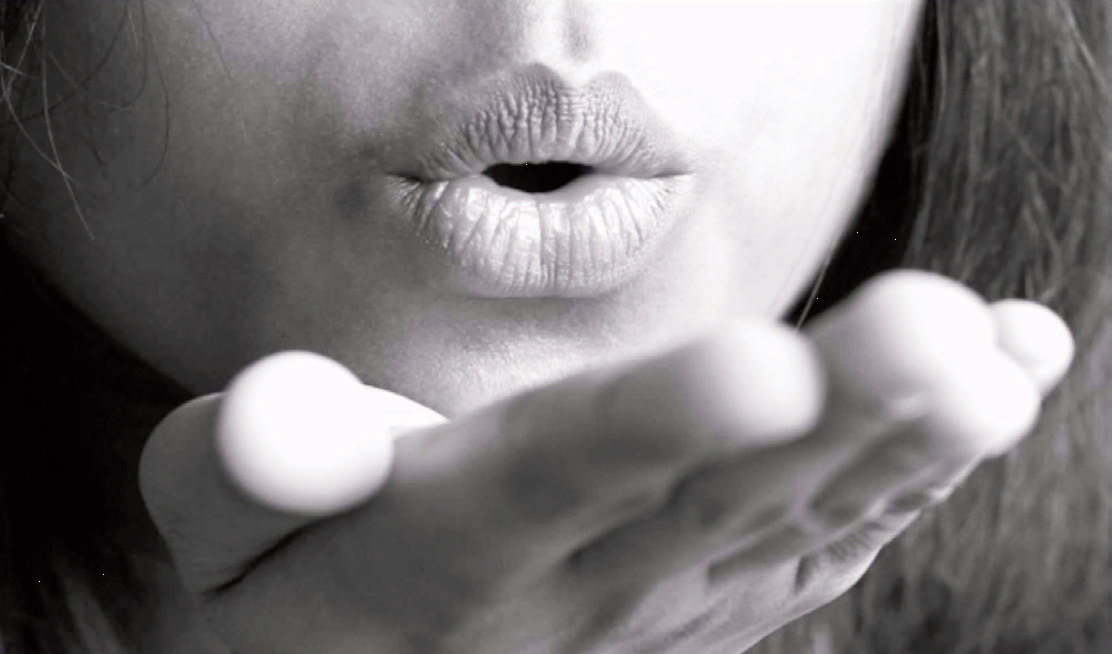ANCORA IMPARO BY RICK RADER, MD ■ EDITOR-IN-CHIEF
Lenny needed that slap to the head, not only for himself but to announce to his team that he was mad at himself, and that they could count on him to continue to give his all.
Lenny was observed to slap his head with both open palms and grunt to himself. You could hear it across the gym. Normally, if this action was observed in an individual with an intellectual and developmental disability, the troops would have engaged a behavioral analyst. According to Dr. Stephen Edelson, “Self-injurious behavior is one of the most devastating behaviors exhibited by people with developmental disabilities. The most common forms of these behaviors include: head-banging, hand-biting, and excessive self-rubbing and scratching. There are many possible reasons why a person may engage in self-injurious behavior, ranging from biochemical to the social environment. Initially, a functional analysis should be conducted in order to obtain a detailed description of the person’s self-injurious behavior and to determine possible relationships between the behavior and his/her physical and social environment.”
In the case of Lenny slapping himself in the head, no one reported it to a behavioral analyst and no one initiated a functional analysis. Instead, bystanders yelled, “Way to go Lenny,” “Good try,” and “You’ll get it next time.”
Lenny is a member of the Orange Grove Center’s Special Olympics Unified Volleyball Team. When he slapped the volleyball into the net, he knew it. Despite having significant cognitive impairments, he knew that he wanted that ball to go over the net; he knew that he wanted to score a point for his team. He also knew he blew it. He slapped his head in frustration, as a gesture to demonstrate his disappointment and as a means to announce that he needed to beat himself up for one instance and to get ready for the ball that would be coming over the net within moments. Lenny’s actions were similar to the other members of both volleyball teams when they were unable to return the white ball over the net. And as it happens in volleyball, that inability to navigate the ball across the net happens quite frequently; to both “players,” and “partners,” the terms Special Olympics provides to Special Olympic athletes and athletes without an intellectual disability. By hitting himself in the head, Lenny was both acknowledging that he did not perform (on that play) as he expected, as he wanted and as he had hoped. But at the same time it was his (and every athlete since Greco-Roman wrestlers) way of announcing (to himself and others) that it was over and he had cleared his head for the next round. He immediately assumed the position of a defensive volleyball player at the net, feet planted on the floor, head up and hands extended with open palms towards the net. He needed that slap to the head, not only for himself but to announce to his team that he was mad at himself, and that they could count on him to continue to give his all. Lenny’s gesture is part of both the human condition and culture. It comes from a long line of other recognizable gestures that we see, understand and exhibit daily.
Gestures are nonverbal communications used to communicate some important message in the context of a specific audience or culture. Try gesturing what you understand to mean “nice to see you” in a different culture and you might be assaulted, ridiculed or pummeled. The famous V sign for victory popularized by Winston Churchill, the Prime Minister of Great Britain during World War II, is considered rude and crude in Italy. It’s made more insulting when you place your nose between the two fingers, making the gesture resemble a crude vagina. So gestures are culturally distinct in their meaning.
During the golden years of the American space race, the astronauts used their fingers to signal that everything was going smoothly, no problems and that they were “A-OK.” An “O” is formed with the index finger and thumb and the legs of a “K” are formed with the middle, ring and pinky fingers.
Thumbs-up is a gesture that actually only involves one thumb. The clenched hand is extended towards the viewer and the thumb is held vertically. It was first used in ancient Rome when the audience in a colosseum raised their thumbs up or pointed it downward to express their opinion about the performance of a gladiator.
Exceptional Parents have an armamentarium of gestures that have instantaneous meaning. For those naysayers —obstructionists and bureaucrats who delay, deny and doubt the feasibility of trying new programs, adopting new thinking and viewing things differently—parents have a simple gesture involving the middle finger. Unfortunately, this seems to be called for in too many instances.
For those teachers, clinicians, direct support professionals and policy makers who appear to be partners, supporters and progressives, they have another gesture. It’s a pantomime and starts with the exceptional parent kissing their own hand and “blowing” the kiss off the hand toward the deserving party. While they are few and far between it is one of the most welcome gestures one can receive. Perhaps Francois Rabelais, the French Renaissance writer, humanist, physician and monk understood its significance best: “Gestures, in love, are incomparably more attractive, effective and valuable than words.”
Although he may never blow a teammate a kiss, I’m betting Lenny knows a thing or two about which gestures work best and when to use them. •
ANCORA IMPARO
In his 87th year, the artist Michelangelo (1475 -1564) is believed to have said “Ancora imparo” (I am still learning). Hence, the name for my monthly observations and comments.
 — Rick Rader, MD, Editor-in-Chief, EP Magazine Director, Morton J. Kent Habilitation Center Orange Grove Center, Chattanooga, TN
— Rick Rader, MD, Editor-in-Chief, EP Magazine Director, Morton J. Kent Habilitation Center Orange Grove Center, Chattanooga, TN


